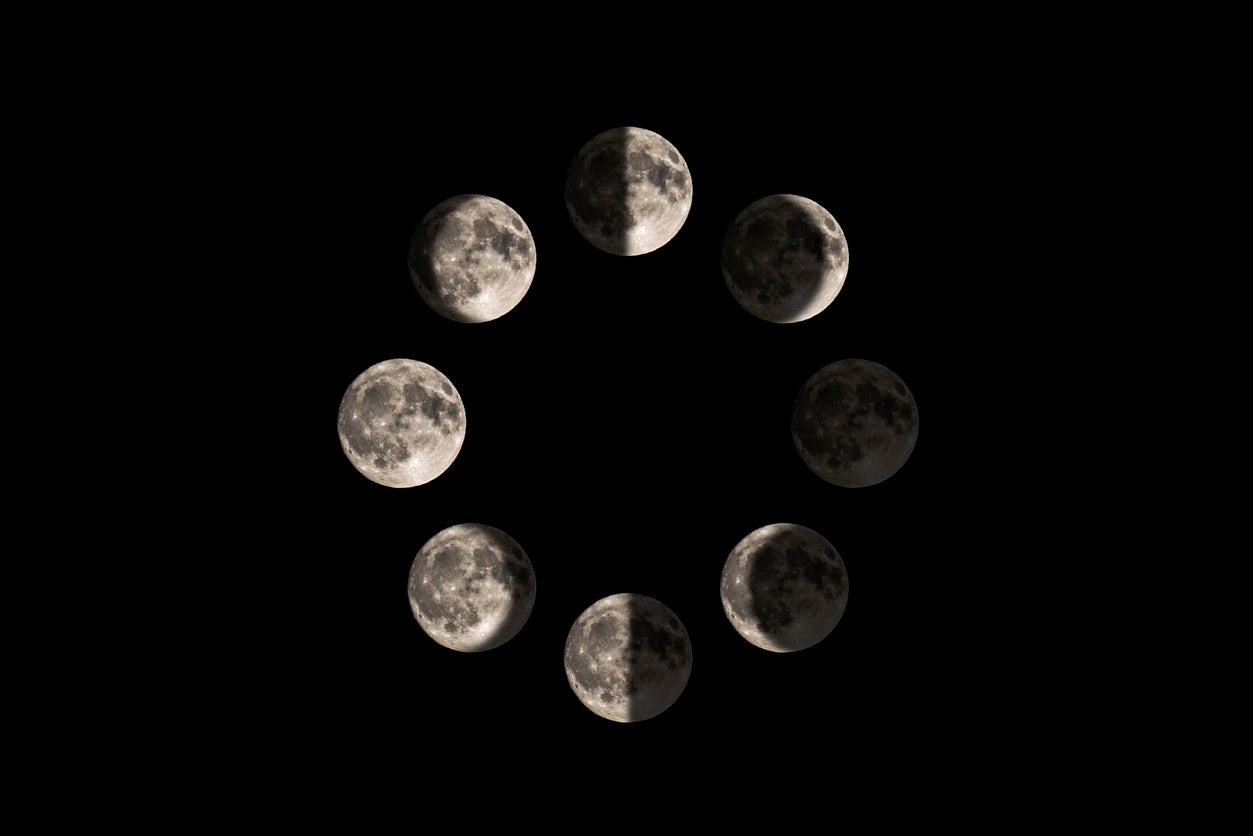Gardening By The Moon: Learn How To Plant By Moon Phases


Gardeners who rely on planting by the moon’s phases are convinced that this ancient tradition produces healthier, more vigorous plants and bigger crops. Many gardeners agree that planting by the moon really works. Others think moon phase gardening is pure myth and malarkey.
The only way to know for sure is to give moon phase gardening a try. After all, what can it hurt? (And it just may help!) Let’s learn a little more about how to garden by the moon.
How to Plant by Moon Phases
When the moon is waxing: This is the time to start planting annual flowers such as marigolds, nasturtiums, and petunias. Why? During the waxing of the moon (the period extending from the day the moon is new to the day it reaches its fullest point), the moon pulls moisture upwards. Seeds do well during this time because moisture is available at the surface of the soil.
This is also the time to plant above-ground vegetables such as:
Don’t plant below-ground plants during this time; according to old-timers, the plants will be full and leafy on top with little growth under the ground.
When the moon is waning: Below-ground plants should be planted when the moon is waning (from the time it reaches its fullest point to the day just before the full moon). This is the period when the moon’s gravitational pull decreases slightly and roots grow downward.
Take advantage of this time to plant flowering bulbs such as iris, daffodils, and tulips and vegetables like:
Sign up for the Gardening Know How newsletter today and receive a free copy of our e-book "How to Grow Delicious Tomatoes".
When the moon is dark: Don’t plant anything when the moon is at its darkest point; this is a resting period and plants won’t do well. However, many gardeners say this time of slow growth is ideal for getting rid of weeds.
The Old Farmer’s Almanac offers a Moon Phases and Lunar Calendar here.

A Credentialed Garden Writer, Mary H. Dyer was with Gardening Know How in the very beginning, publishing articles as early as 2007.